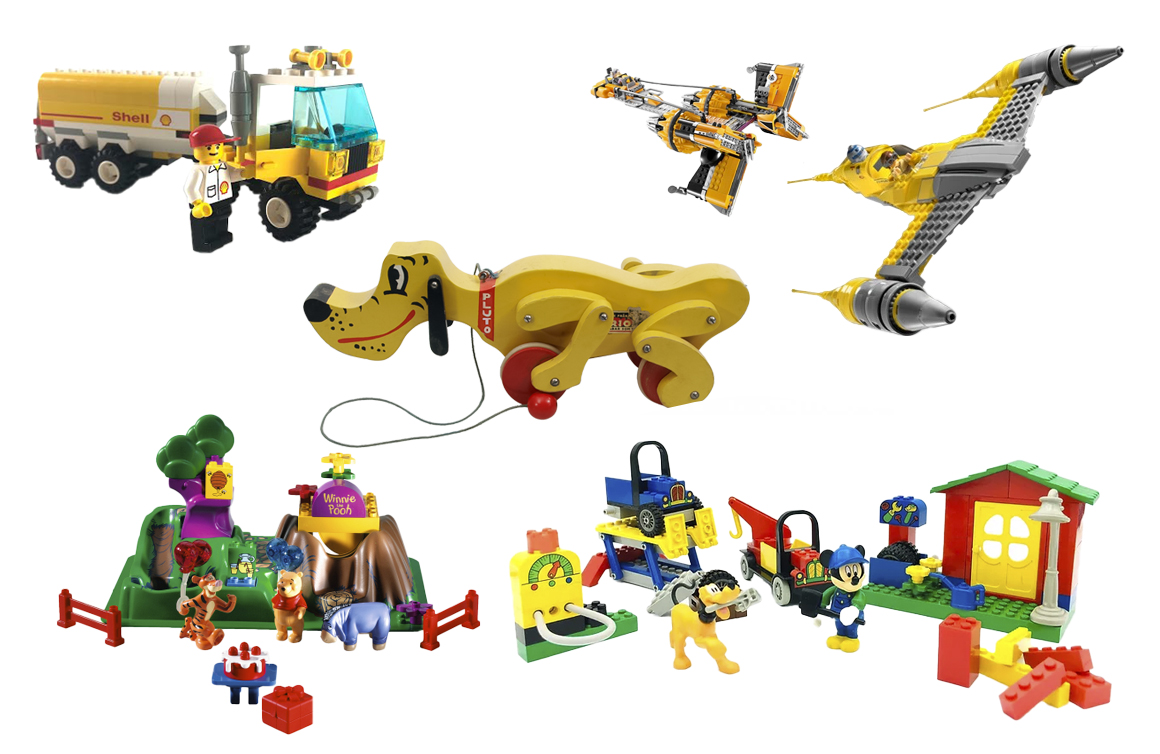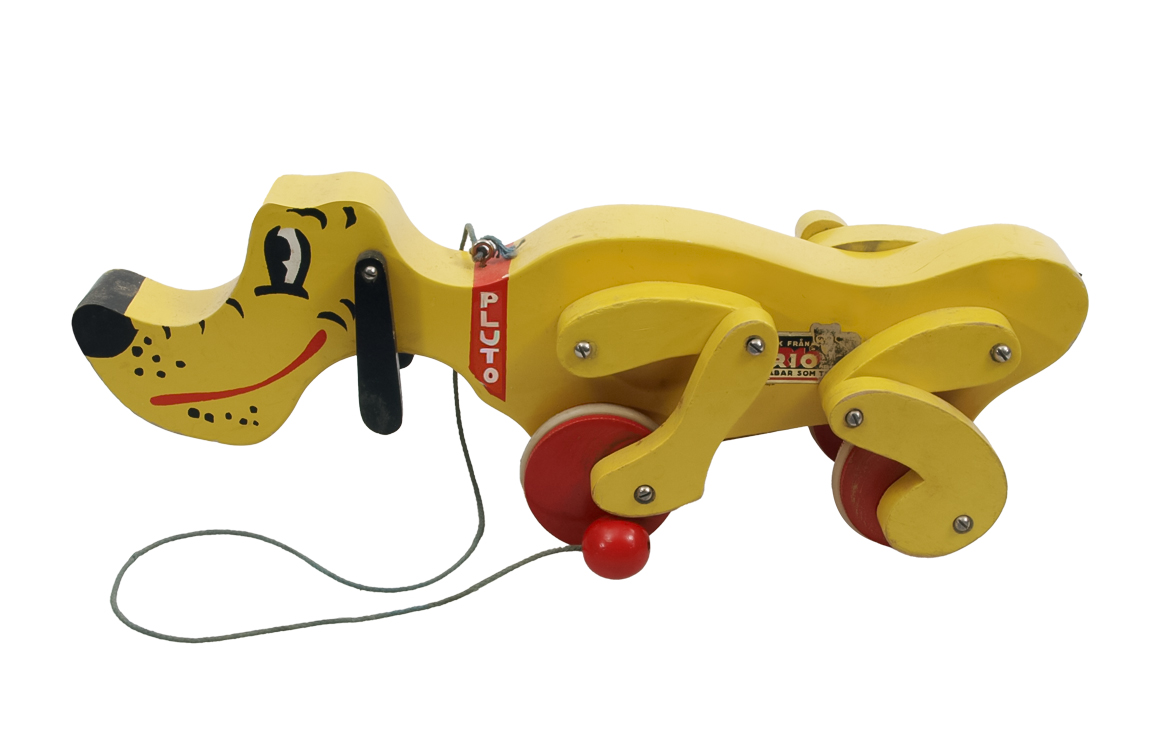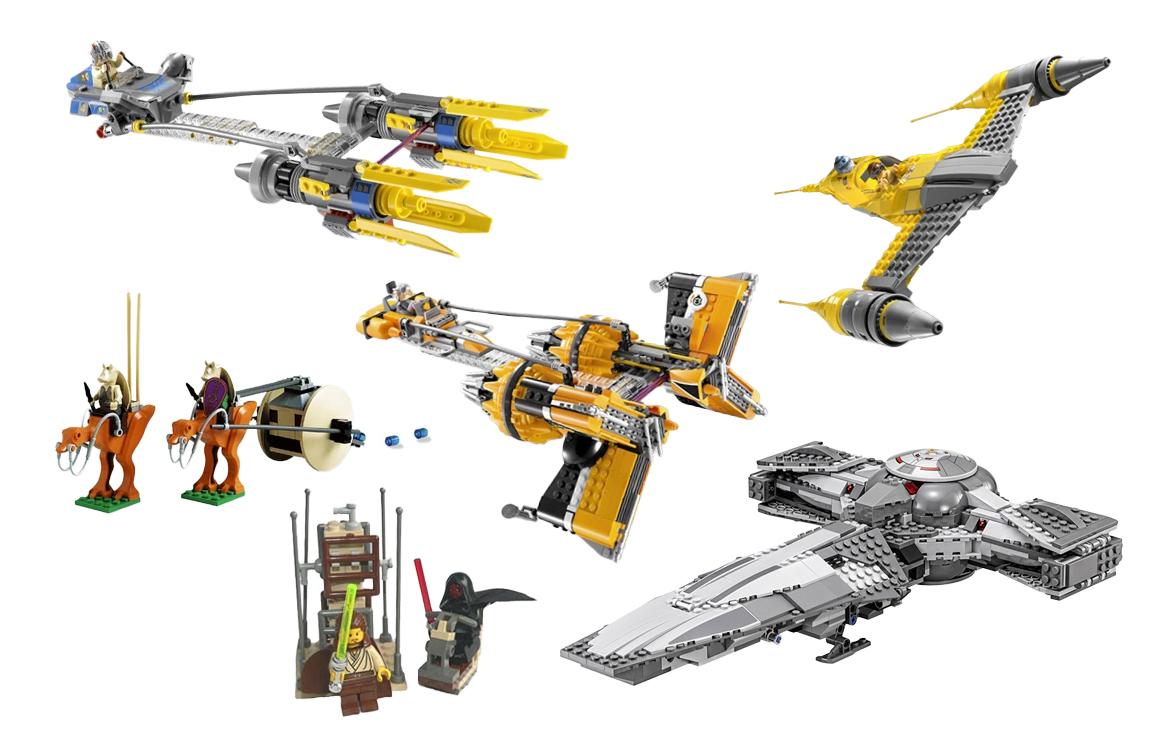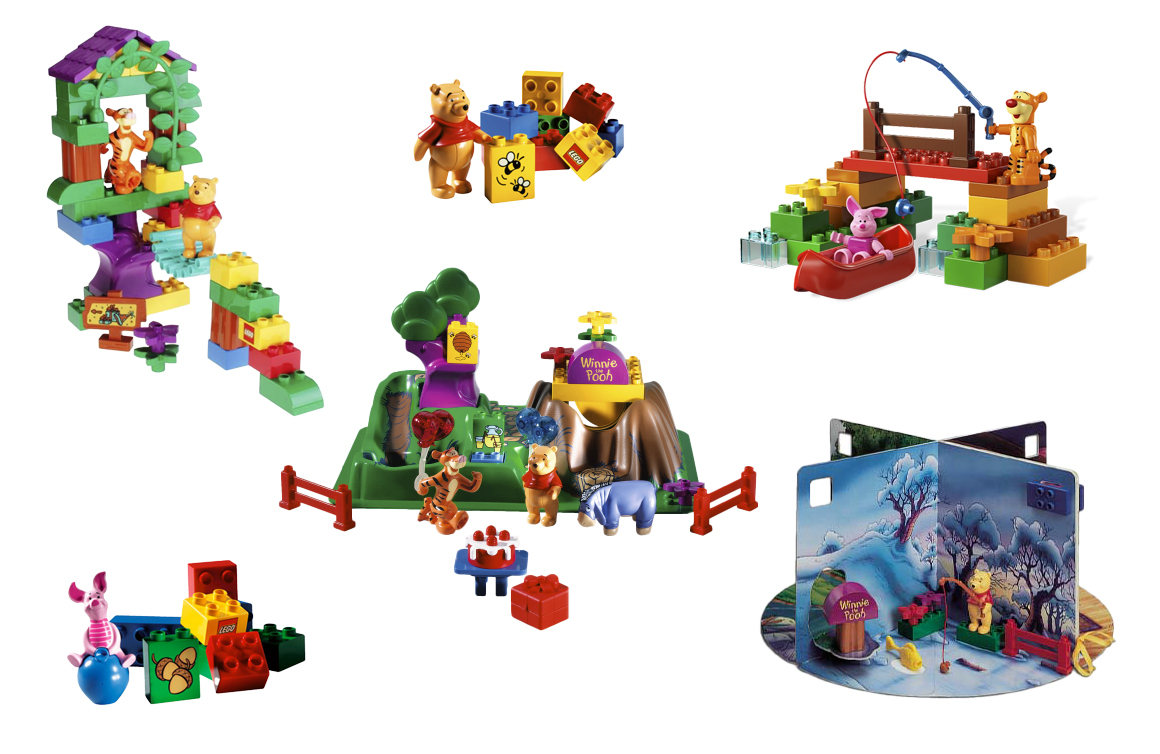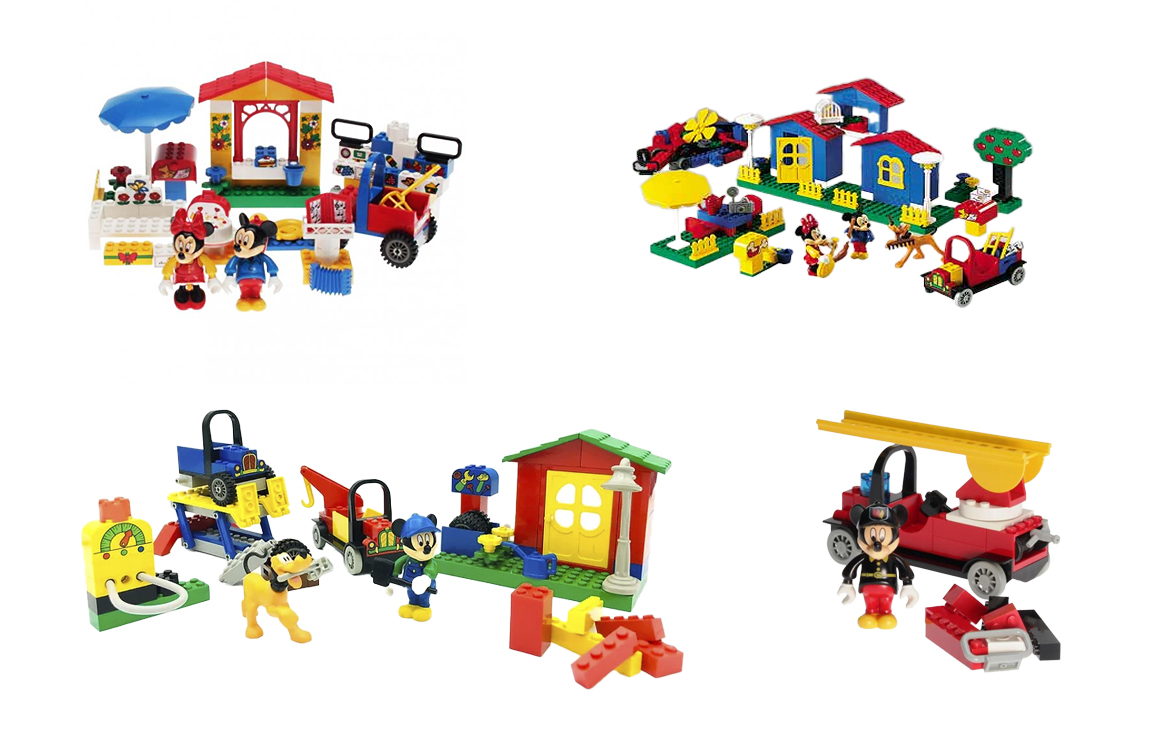In an era of LEGO sets inspired by media properties like Dune, Transformers, and Wicked, it’s easy to forget that for decades, the LEGO Group came up with all of the concepts for its toys in-house. It wasn’t until 1999 that the licensing bug really caught on in Billund, Denmark, when the LEGO Group partnered with Lucasfilm and Disney.
The beginning: wooden pull-toys
LEGO Group’s licensing story actually begins in the 1950s, when the company’s plastic toys were in their infancy and the focus was still on wooden toys. A pull-along toy was developed based on Pluto, Mickey’s lovable dog, who everyone knew from classic Disney cartoons. A simple pull-string allowed children to wheel the toy along and his legs would move. While LEGO offered other traditional wooden toys in the 1930s, ’40s, and ’50s, the rest were more traditional fire trucks and farmyard animals rather than recognisable characters.
Co-branding the brick
By 1978, the Danish company had long given up on wooden toys and was all-in on the LEGO System in Play, the interlocking bricks that the brand is famous for around the world. That year, the modern concept of a LEGO set was invented with the introduction of the minifigure. The iconic little characters were placed in different settings across three different product groups: Town, Space, and Castle.
The LEGO Group found space for a little co-branding in Town’s garages, tankers, and racetracks. In a time before environmental concerns reached big companies, Shell was the fuel provider of choice for the brick world.
Storytelling takes off
Over the years, the LEGO Group added to these three core themes with new product offerings. By the 1990s, the products were becoming dramatic and story driven. Aquazone presented an underwater world where factions battled for powerful crystals’ Time Cruisers offered a wacky depiction of time travel, while Adventurers delivered a gun-wielding archaeologist who bore a slight resemblance to one Henry Jones, Jr.
The Star Wars dream
LEGO marketers and product designers dreamed of getting to work on a licensed product line — and everyone imagined they would love to work on a line with “Star Wars” in its title. LEGO Americas President Peter Eio had the same idea, noticing the rest of the toy industry betting heavily on licensed products and seeing an opportunity for the LEGO Group.
It took all of his powers of persuasion to convince the LEGO Group’s senior management in Denmark to approve approaching Lucasfilm. The family-run company was uncomfortable with products that could be construed as depicting war, and George Lucas’ space opera famously has that exact word in the title.
Character-driven licensing returns
The LEGO Group was not only negotiating with Lucasfilm for Star Wars, but also with Disney to create sets based on the media giant’s stable of characters. The goal was to focus on beloved properties proven through longevity rather than to chase the hot new thing.
Deals were struck and, for the first time, the brick-based product designers worked on licensed products. In the case of Star Wars, they had to move quickly to get products ready in time for the release of The Phantom Menace in May 1999, giving them just over a year — at a time when the product development cycle tended to take two years.
It led to an entirely new type of product. For the first time, LEGO boxes were co-branded. LEGO Star Wars products featured a unique logo showing characters from the movie as minifigures, the instruction books included small stills from memorable scenes, and dynamic backdrops ensured that the box art was irresistible.
The first Disney products also launched in 1999 – Winnie the Pooh was introduced within the preschool Duplo sets. The first actual LEGO System sets launched in 2000, focusing on Mickey Mouse and his friends, with large elements for young builders.
Challenges and successes
Working with the enormous Disney brand proved challenging and the license wasn’t renewed — it would be another decade before the two companies would collaborate again. As for Lucasfilm, LEGO Star Wars was a success story during a very difficult time for the LEGO Group and the license was renewed again, and again, and again. In fact, new products in the line have been released every year for the past 25 years.
The LEGO Group’s licensing deal with Lucasfilm provided the space to try different product types and find a formula that worked. It proved an opportunity to get used to working with an external partner and to figure out how to use bricks to create a replica of something from the screen while still keeping the LEGO charm. Those foundational learnings were essential for everything that came next, as the company came to partner with franchises like Harry Potter, Marvel and DC.
The LEGO Group’s licensing journey was just beginning…
Note: If you buy something using the eBay link in this story, we may earn a small commission. Thank you for supporting independent toy journalism!

